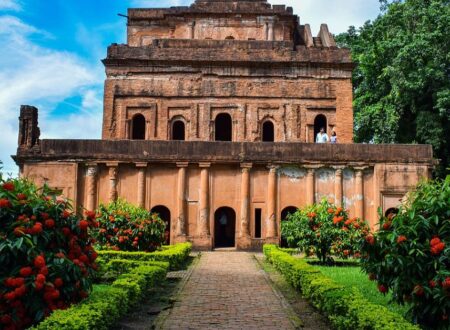Expert Assamese weavers can be found in Sualkuchi. It lies 35 kilometers from Guwahati, on the northern bank of the Brahmaputra River. Sualkuchi hamlet is located in Assam’s Kamrup district and is famous for its weaving legacy. Many families have a weaving tradition that dates back thousands of years. A loom is still in use in practically every home today. These weavers are highly accomplished and dedicated to their traditional craft and thus Sualkuchi is called the ‘Silk Manufacturers King’ of India.
History of Sualkuchi
Sualkuchi is a commercial weaving enclave where handloom weaving is said to have been introduced in the 11th century by the Ahomiya monarchs. The history of weaving dates back to the 11th century when king Dharma Pal of the Pala dynasty supported the profession by bringing 26 weaving families from Tantikuchi to Saulkuchi. The king was a supporter of the art, bringing 26 Tantikuchi weaving families to Sualkuchi. Under the sponsorship of the Ahoms, Hamlet forms into a weaving community in the 17th century. Sualkuchi’s weaving sector only had a significant boost after WWII, when demand for fabric skyrocketed.
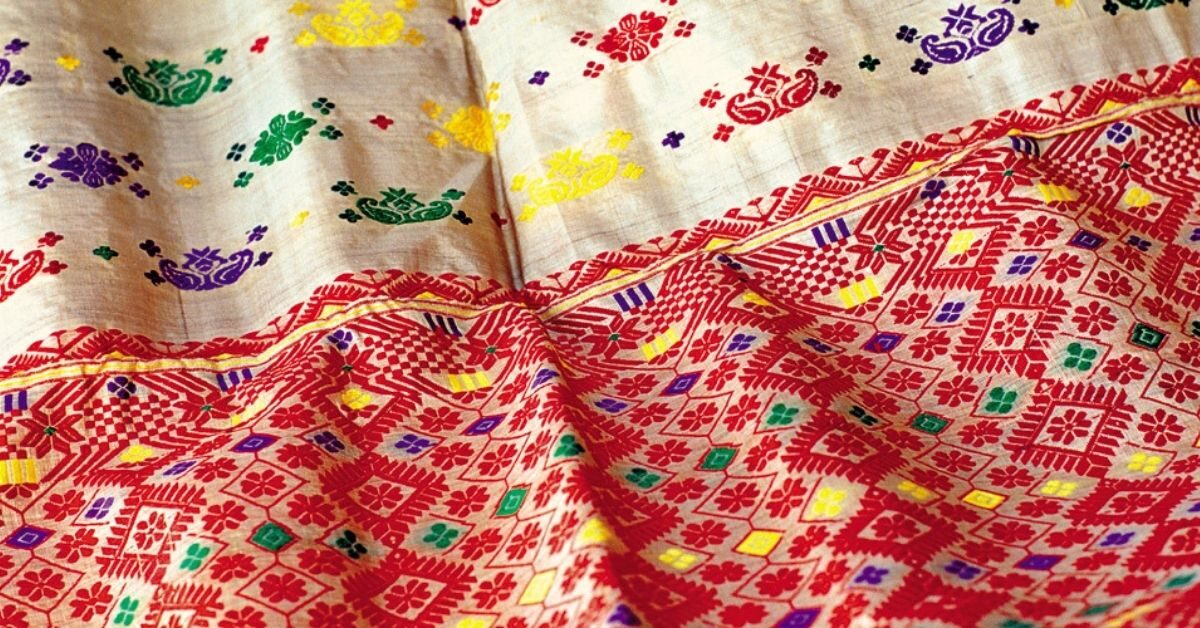
Sualkuchi became known as a weaving community over time, with expert weavers producing magnificent silks for the local royalty. Weavers in Sualkuchi come from both non-tribal and tribal backgrounds, and both men and women work on the looms.
The Prominence of Silk in Assam
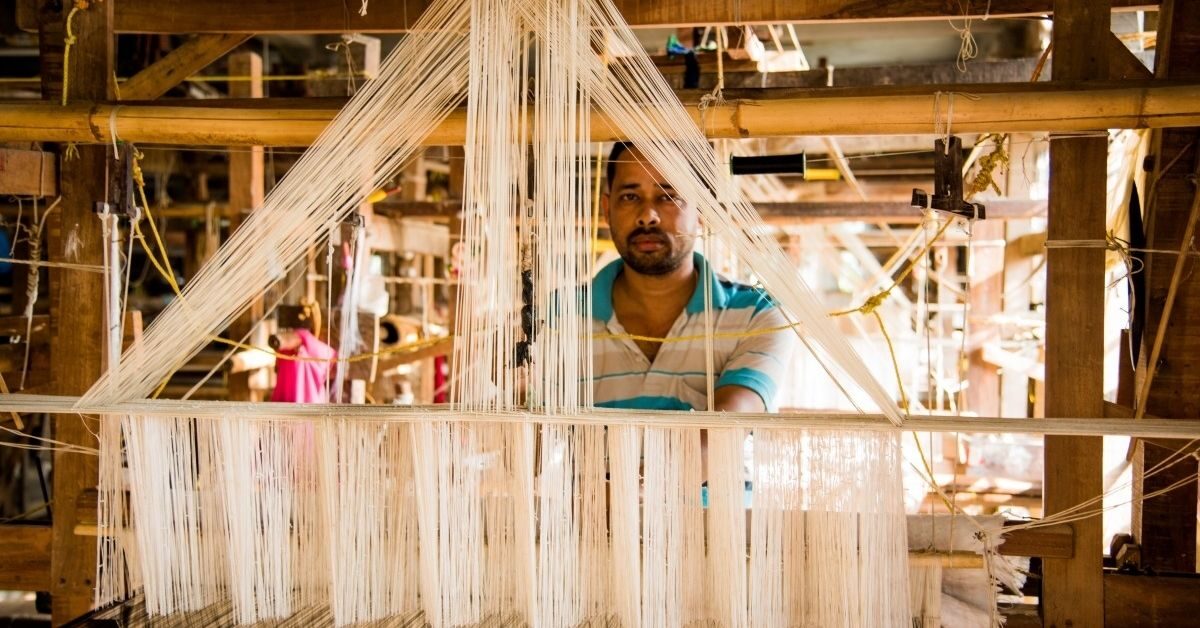
The flora and wildlife of Assam frequently infiltrate the state’s mekhela chadars. Borders are in lace with creepers, peacocks strut about the chadars, and exquisite, geometric flowers adorn the mekhelas’ bodies. Pots and lions occasionally make an appearance. The more one understands the time-consuming process of weaving, the more one admires it.
Exquisite chadars, saris, shawls, clothing materials, rihas, and gamochas are from white paat silk, warm eri silk, and golden Muga silk threads. Paat is commonly a character as a fabric that dries in the shade and folds up into a fist. Exclusive to Assam, the crisp, bright gold Muga silk is of exceptional quality and price. During Assam’s national festival, Rongali Bihu, dancers gently drape Mekhela chadars fashioned of Muga. Muga, Assam’s golden silk, was designated as a Geographical Indication in 2007 and given the GI mark in 2014.
Project Sualkuchi
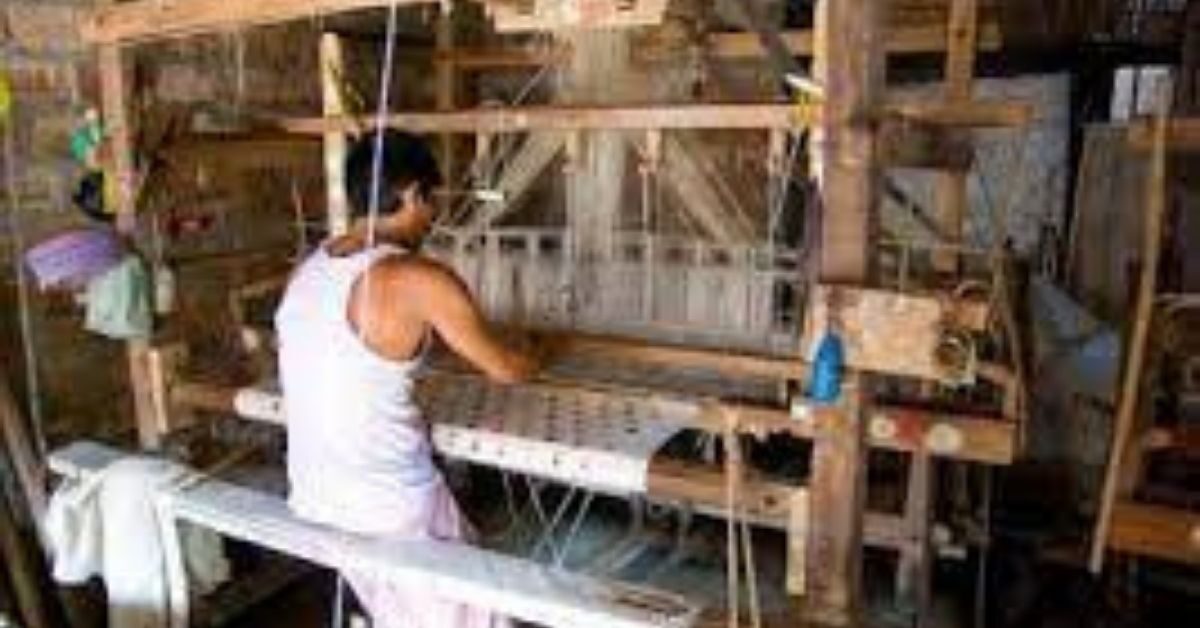
In 1987, the North Eastern Council created ‘Project Sualkuchi’ to help Sualkuchi weavers. They helped the Sualkuchi weavers organize self-help groups in order to empower them and ensure their survival. They also imparted management and technical knowledge to the weavers. This effort brought together a group of resourceful people who can help upskill weavers. As a result of proper instruction, they were able to improve the weavers’ skills, resulting in a rise in their numbers. A large number of skilled weavers from various districts has arrived as a result of the start of the Sualkuchi Project.
When the shams invaded Sualkuchi after conquering the Mughals in the mid-17th century, the cottage industry took shape. According to government sources, approximately 17,000 silk looms are currently in operation in Sualkuchi, producing a variety of Assamese silk items such as Mekhela Chaddar, Riha, and others.
The Assam Silk business employs almost 25,000 people in Sualkuchi, either directly or indirectly. The majority of the villagers had no official weaving instruction and learned the craft from their parents.
Conclusion
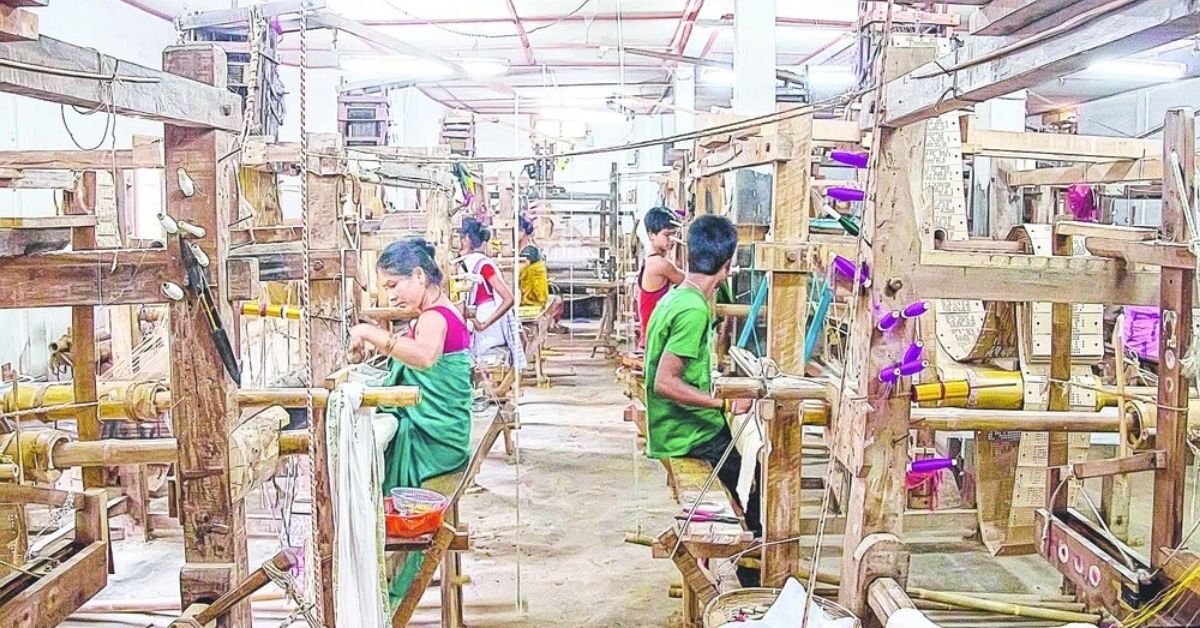
Since every family is active in weaving, almost every home has its own weaving loom. The fabrics are handwoven on wooden frame looms with a variety of yarns and indigenous silks. Mekhela chadors, saris, shawls, clothing materials, rihas, and gamochas are of ivory paat silk, beige eri silk, and golden Muga silk threads. These families are shaping the future of Assamese Silk Manufacture and thus taking their place as the ‘Silk Manufacturers of Assam’.
Follow India Chalk on Instagram for more amazing travel content. You can share your travel story with us. Reach out to us on email at contact[at]ndiachalk[dot]com. This blog is curated by India Chalk and written by Aryaki M.






